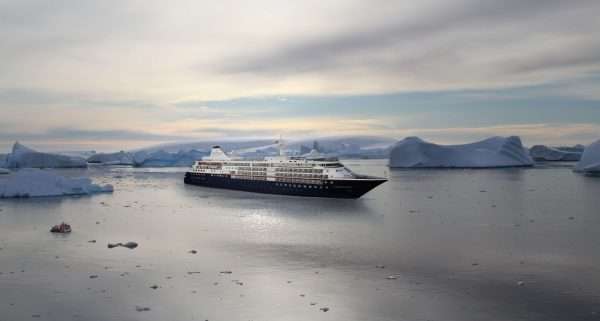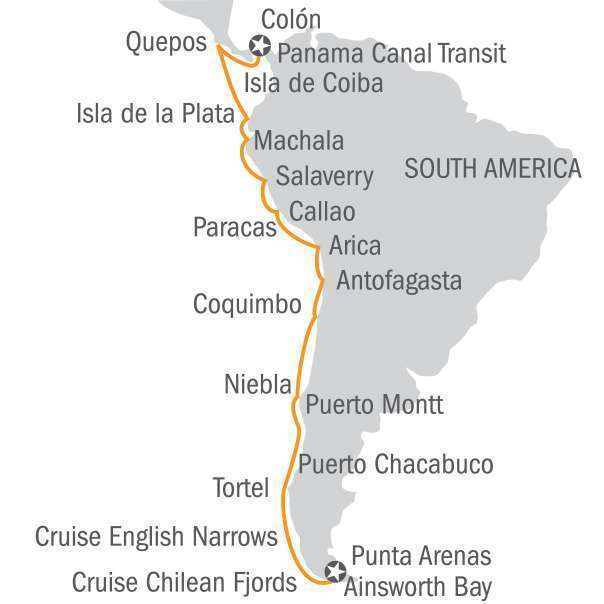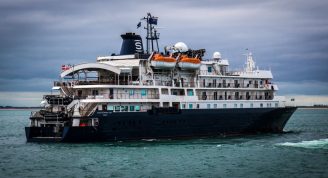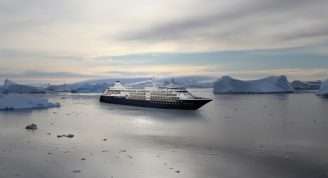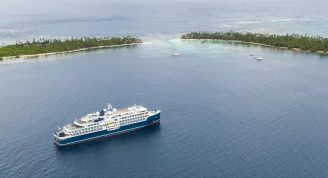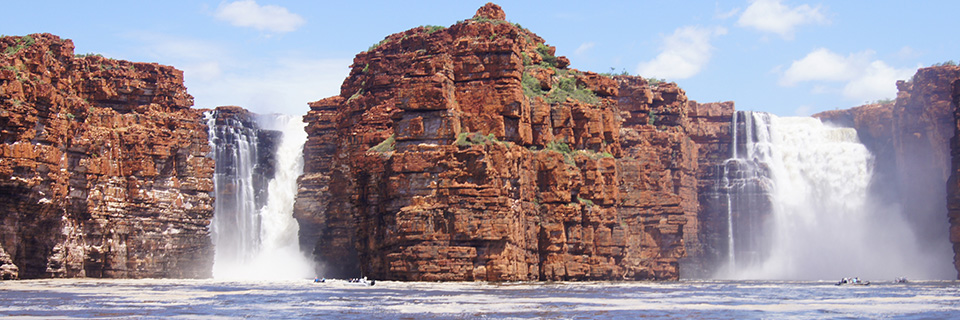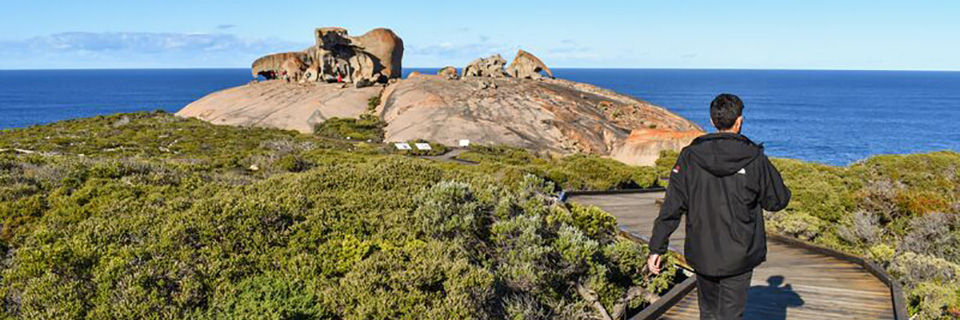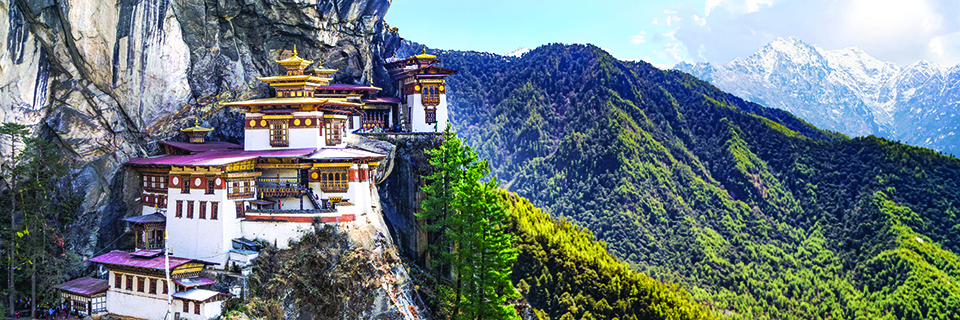Description
Savor South Africa’s wildlife and wines, breathe spiced island air, and tread the Seychelles’ soft sands. Across 20 days of adventure, you’ll experience the essence of the Rainbow Nation and uncover the ancient ruins and kaleidoscopic corals of Mozambique and Tanzania’s islands. Admire extraordinary biodiversity throughout as we head north from Mozambique to Aldabra, a remote atoll of giant tortoises. Finally, set sail for the paradise shores of the Seychelles.
Trip Name
23 Days South & East Africa Luxury Cruise - Cape Town to Mahe
Days
23
Overview
Vessel Type: Luxury Expedition
Length: 157 m
Passenger Capacity: 200/260
Built: 1994 Refurbished & Rebranded: 2017
Silver Cloud delivers one of the most personalised expedition experiences at sea, blending ultra-luxury with true adventure. As Silversea’s first crossover ship, she’s built for both comfort and exploration, offering large ocean-facing suites—80% with verandas—and an impressive 1:1 crew-to-guest ratio. With 20 Zodiacs and 10 kayaks, guests enjoy unparalleled access to remote locations, while expert-led excursions ensure meaningful encounters with nature and culture alike. From the icy reaches of Antarctica to the sun-kissed South Pacific, Silver Cloud brings the remarkable within easy reach.
On board, refined living continues with four elegant dining venues, including French fine dining at La Dame and authentic Italian at La Terrazza. Relax in stylish public areas such as the Panorama Lounge or Connoisseur’s Corner, indulge in world-class spa treatments, or learn more about your destinations from passionate experts in the Explorer Lounge. Whether you’re cruising the Kimberley or the Chilean fjords, Silver Cloud offers a sophisticated base for discovering the far corners of the world in sublime comfort.


